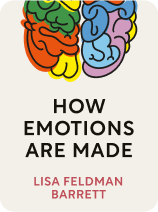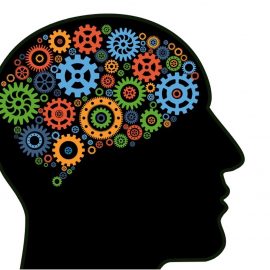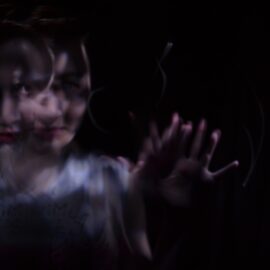

This article is an excerpt from the Shortform book guide to "How Emotions Are Made" by Lisa Feldman Barrett. Shortform has the world's best summaries and analyses of books you should be reading.
Like this article? Sign up for a free trial here.
What is Lisa Feldman Barrett’s theory of emotions? How is her theory different from everything psychologists have said in the past?
After years of research, psychologist and neuroscientist Lisa Feldman Barrett claims she’s discovered the secret to understanding human emotions. Barrett’s book, How Emotions Are Made, explains how you actually learn emotions—they’re not innate as many previously believed.
Read on for Lisa Feldman Barrett’s theory of emotions and find out why she says “emotions don’t happen to you.”
What Is Lisa Feldman Barrett’s Theory of Emotion?
In How Emotions Are Made, neuroscientist and psychologist Lisa Feldman Barrett challenges many of society’s long-standing beliefs about emotions, calling into question every theory from what emotions are, to where they come from and how to control them.
Lisa Feldman Barrett is a University Distinguished Professor of Psychology at Northeastern University. She also holds appointments at Harvard Medical School and Massachusetts General Hospital, where she is Chief Science Officer for the Center for Law, Brain & Behavior. In addition, Barrett is a director of the Interdisciplinary Affective Science Laboratory, which studies emotions and produced some of the theories and research on which the book is based.
Lisa Feldman Barrett introduces a new theory of emotion, based on years of research, which posits that emotions are neither hardwired into our brains nor universally felt and recognized; rather, emotions help the brain to predict what will happen next based on what’s happened in the past—and to plan accordingly. Barrett calls this the theory of constructed emotion. As she sums it up in her TED talk, “Emotions don’t happen to you; they’re made by you.”
Lisa Feldman Barrett’s New Theory of Constructed Emotion
How Emotions Are Made examines each element that the brain uses to make emotions (past experiences grouped together as “emotion concepts,” internal sensory input, and external sensory input), then puts them all together in a blueprint that explains how emotions are made. Lisa Feldman Barrett’s work in the field of emotions shows the following theories:
- Emotions aren’t scientifically measurable; they’re mental concepts.
- Emotions aren’t universal across cultures.
- Feelings and emotions are not the same thing.
- Emotions are not reactions; they’re predictions.
- Emotions are not innate; they’re constructed.
- Emotion and illness are not as unrelated as they seem.
- Your emotions do not absolve you of responsibility for your actions.
| Other Theories of Emotion Theories of emotion tend to be divided along the “nature versus nurture” binary. Evolutionary psychologists, or “universalists,” say that emotions are innate—a product of evolution. Social constructionists argue that emotions and behavior are dictated by culture. Lisa Feldman Barrett’s theory of constructed emotion rejects the former, but neither does it fully adopt the latter. She agrees with social constructionists that emotions have a social reality, meaning that they’re real because a group of people (your culture) has agreed that they’re real. But she contends that emotions aren’t solely social constructs; they’re part of a complex, whole-brain process designed to regulate your body budget as well as determine your actions. Some theorists take a more middle-of-the-road approach. They argue that certain emotions are universal, but other emotions vary considerably from one culture to the next. |

———End of Preview———
Like what you just read? Read the rest of the world's best book summary and analysis of Lisa Feldman Barrett's "How Emotions Are Made" at Shortform.
Here's what you'll find in our full How Emotions Are Made summary:
- A deep dive into what emotions really are and where they come from
- How some cultures have different emotions than others
- The difference between feelings and emotions






